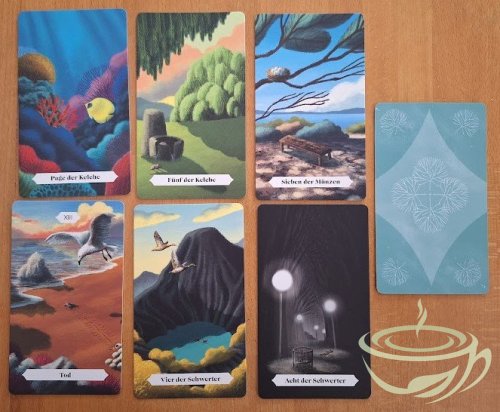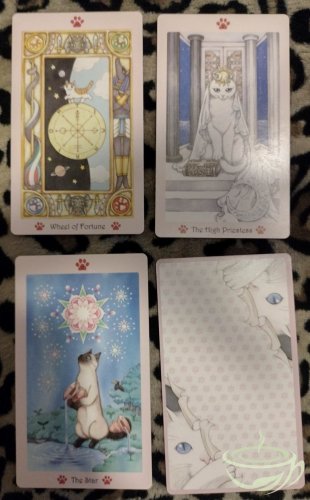Tarot Landscapes (German title: Landschaften der Seele / Landscapes of the Soul Tarot)
Author – Francesca Matteoni
Artist – Yoshi Mari
US publisher – Vivida
First Published - 2023
ISBN-10 : 8854420395
ISBN-13 : 978-8854420397
Weight - 454 g
Card Size – 7x12 cm (German version), 4.56 x 6.25 inches (according to their US publisher)
Box Size – 8x13x4.5 cm
Language – English (I have the German version)
Purchase here - https://artisantarot.com/products/tarot-landscapes?srsltid=AfmBOorWF7zOPIEaxfcxnwiQXkhfx2FBmpqe3lBs6oXMAZYcAUJjL9W6
0









